Republished from the Brandon Sun print edition May 29, 2015
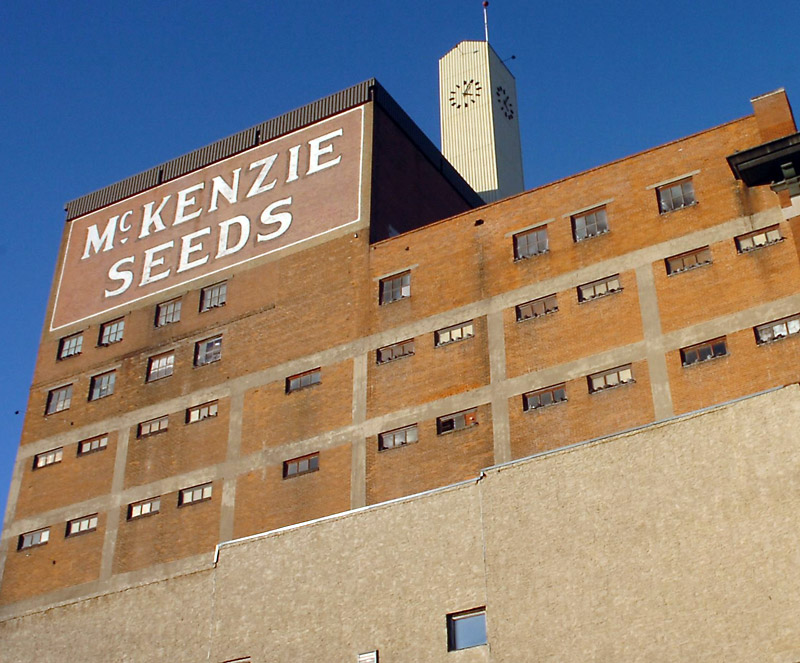
It looks like there may be a bit of fuel in the tank again, downtown.
Renaissance Brandon is back in the public eye after a hiatus of sorts to spend time working on a much-needed structural realignment and filling the vacant development role. Now, months after the departure of the organization’s sole full-time staff member, it has a new development specialist at the helm and appears to have a renewed optimism for change in the city’s core.
There is a hope among the champions of downtown that this time Renaissance Brandon can finally spur on the big development win that has for years eluded the organization.
In this past Wednesday’s Sun, newly minted downtown development specialist Elisabeth Saftiuk shared a couple of vision items that she and the group champion as goals for the organization, as well as the downtown for the foreseeable future. A bit of a “bucket list” as opposed to a post-mortem, you might say.
Some of those aforementioned plans that stood out included a goal to further communicate with all stakeholders, which in the past due to politics has been a struggle. And the need to have a more active strategy to develop residential opportunities on second- and third-floor spaces throughout the downtown, among others that made the list.
Both of these two have long been goals of the organization and were both “on the books,” so to speak, when I joined the development group as a board member in 2010, later serving as chairperson through early 2014.
The necessity to have more residents has always been integral to the life of the downtown and the second- and third-floor living spaces seem to be the most viable options, although aimed a bit lower than the splash needed to turn the corner.
To properly pursue the renovation incentive for these buildings, an important piece still needs to be put in place — the legwork to reach a suitable level of building code equivalencies in the area.
The money had in the past been budgeted by the city to examine a second set of rules for downtown development before the game of politicking consumed former councillors in trying to undermine the group’s ability to serve its mandate. That politicking set the organization, as well as the downtown turnaround, back a number of years, and the results are being felt currently. There need to be incentives to convert underutilized spaces to housing opportunities — but first, there needs to be a will among council, the planning department, as well as the province, to make it happen.
As for the communication angle, there always should be a level of confidentiality around the day-to-day operations of a development corporation, but the bigger picture could be more in focus. If all dealings are made public, the cost grows exponentially for ratepayers as real estate dealings become fully aware and the prices surrounding those deals grow as well.
What should take place is more public consultation on the direction of the organization, as well as the organization better managing its own public relations, sharing its goals as well as its successes. There is political optimism on that front as Mayor Rick Chrest said in his recent State of the City address. Building on that optimism to achieve tangible outcomes will be key.
Lastly, one that did not garner a mention but should be an item of strong consideration for the downtown development group is actually shrinking the boundaries of the Renaissance district. Currently, it encompasses Victoria Avenue to Pacific Avenue, 18th Street to First Street. The problem with that area is the existence of such a diverse residential and commercial footprint that for the group to adequately serve the downtown, resources are spread too thin.
In its planning, moving forward, the board should strongly consider shrinking those boundaries from 11th Street to Sixth Street and, let’s say, Princess Avenue to Pacific, just as an example.
Within those boundaries, many of the prime pieces of the development puzzle exist and to go to a smaller, more focused approach would benefit both the group and the city as a whole. Three of the major cogs in downtown redevelopment are within those boundaries: the former McKenzie Seeds building, the former Brandon Inn site and the Strand.
Getting any one or a combination of those three moving again is a monumental task, but each one has the potential to be a catalyst for others to follow suit. Get all three in place, and what a change that would be for the heart of the community and the well-being of this city.
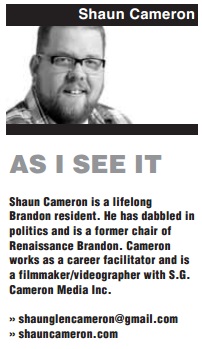
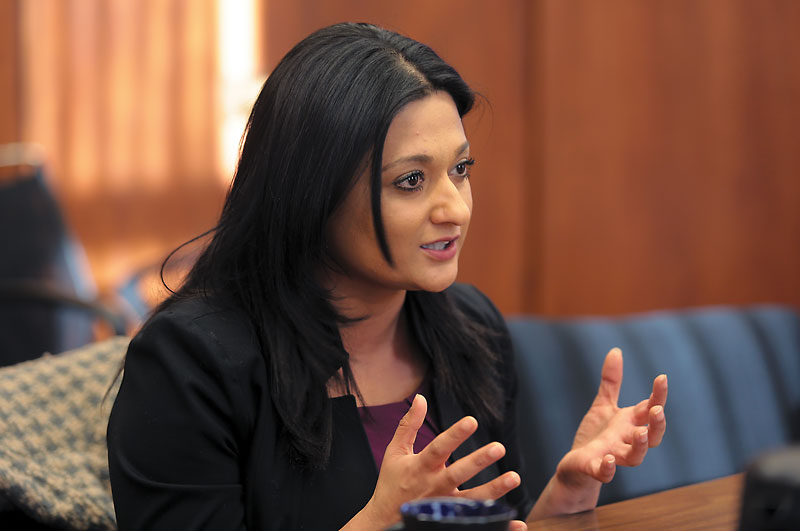
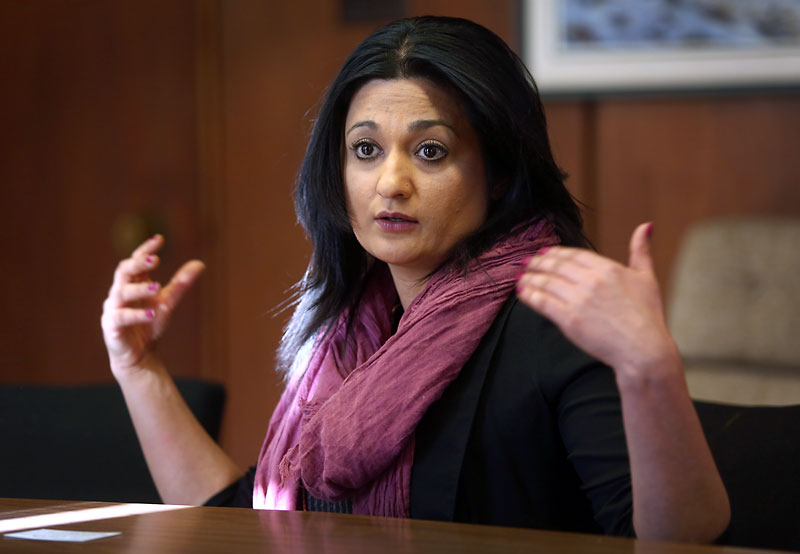

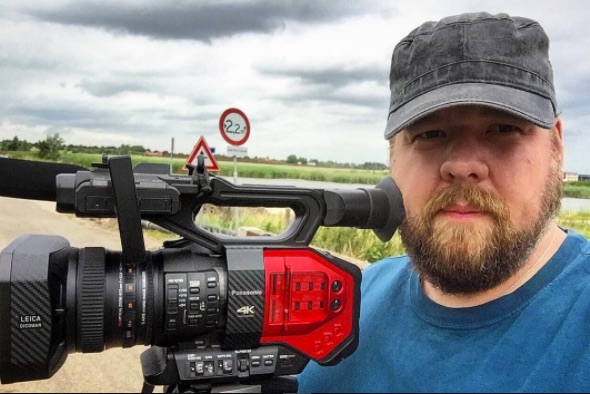
Social Profiles